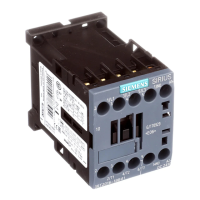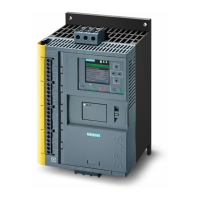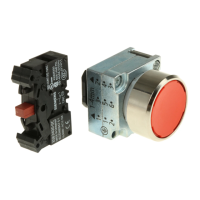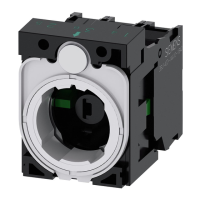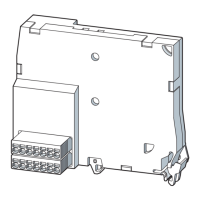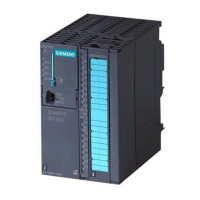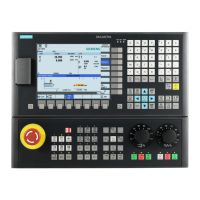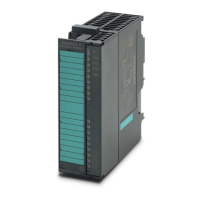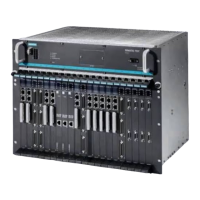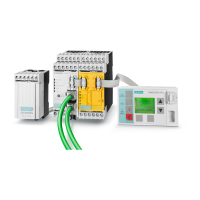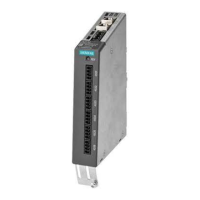Functions
5.1 Protection against overload, phase failure, and phase asymmetry
SIRIUS 3RU thermal overload relays / SIRIUS 3RB electronic overload relays
50 Manual, 09/2016, A5E03656507420A/RS-AB/003
3RU21 thermal overload relays and 3RB20 / 3RB21 and 3RB30 / 3RB31 electronic overload
relays feature phase loss sensitivity (see ChapterTripping characteristics (Page 51)) to
minimize load temperature rise in two-phase operation in the event of a phase loss.
Inverse-time delayed overload release
The inverse-time-delayed overload release is based on a thermal motor model and will
trigger a release dependent upon the extent of the overload.
3RU21 thermal overload relays and 3RB20 / 3RB21 and 3RB30 / 3RB31 electronic overload
relays compensate temperatures from -40 °C to 60 °C (3RU21) and -25 °C to 60 °C
(3RB20 / 3RB21 and 3RB30 / 3RB31) in accordance with IEC 60947-4-1.
The tripping classes describe time intervals within which the overload relays have to trip in
the case of a symmetrical, 3-pole load from the cold state with 7.2 times the current setting.
3RU21 thermal overload relays
3RU21 thermal overload relays are available for normal starting conditions in the tripping
classes CLASS 10 or CLASS 10A. 3RB20 / 3RB30 electronic relays in CLASS 10E or
CLASS 20E, or 3RB21 / 3RB31 electronic relays (adjustable in CLASS 5E, CLASS 10E,
CLASS 20E or CLASS 30E) are available for heavy-duty starting conditions.
The tripping times according to IEC/EN 60947-4-1 are as follows:
Table 5- 1 Tripping times dependent upon tripping classes according to standard IEC/EN 60947-4-1
Tripping time t
A
in s at
7.2 x I
e
from cold
CLASS 10 4 < t
A
≤ 10
A
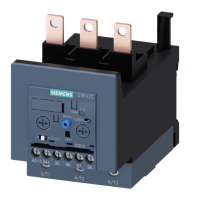
